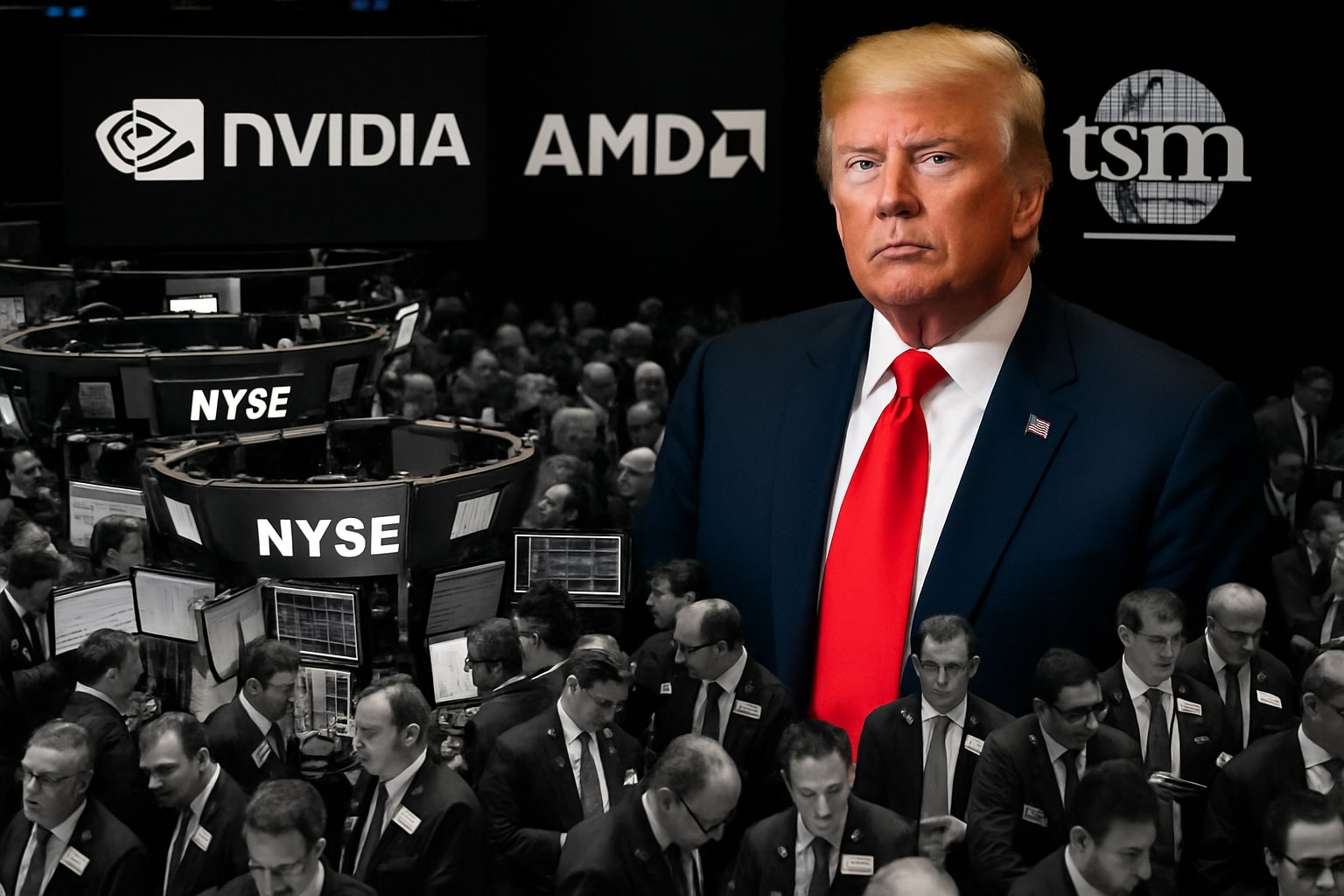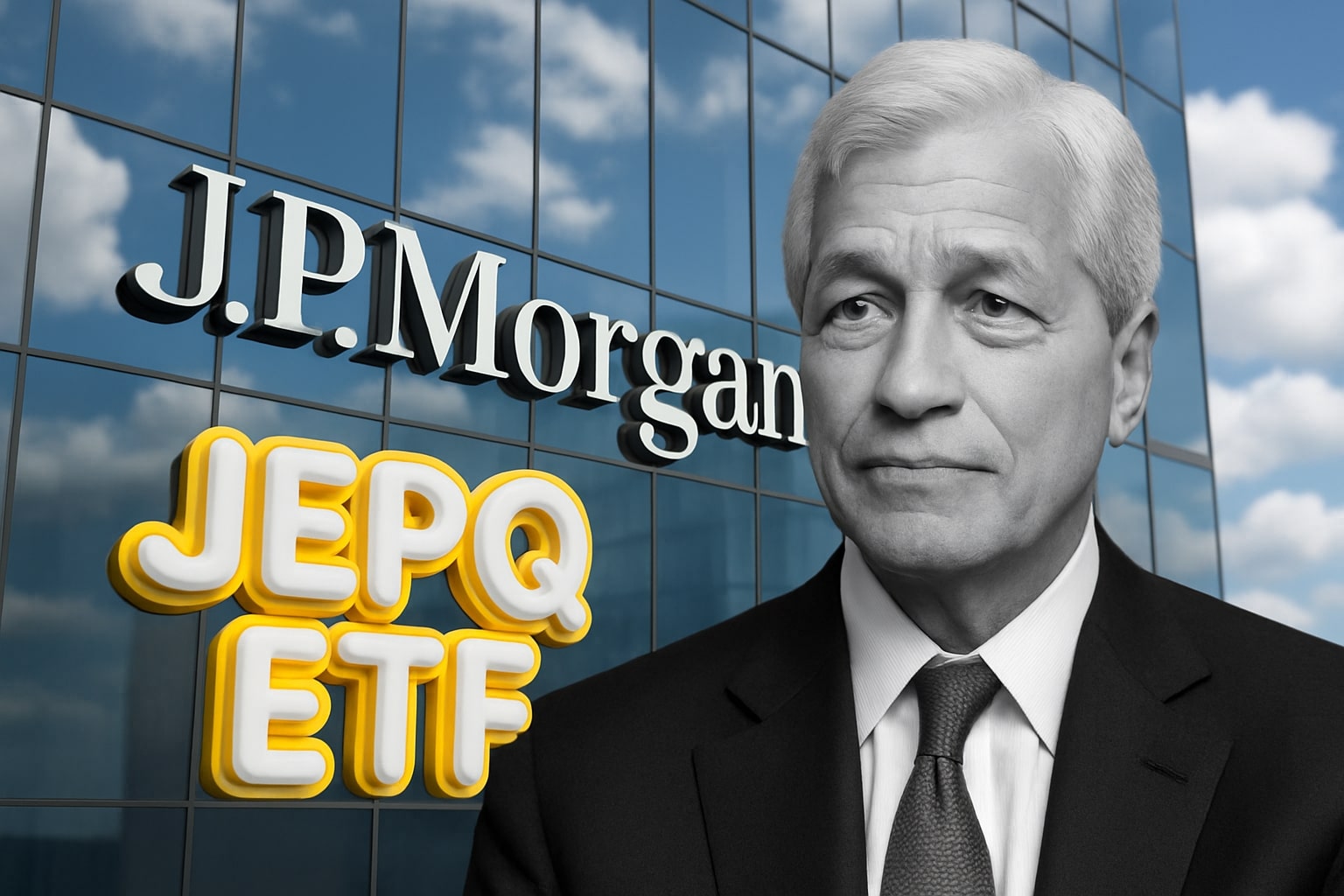Wall Street Ends Brutal Week as Tariff Shock Wipes Out $2 Trillion
U.S. markets closed sharply lower on Friday as President Donald Trump’s announcement of a 100% tariff on Chinese imports triggered the worst selloff in months. The Nasdaq Composite collapsed 3.56% to 22,204.43, while the S&P 500 fell 2.71% to 6,552.51, erasing nearly $1.56 trillion in market capitalization in a single session. The Dow Jones Industrial Average plunged 879 points to 45,479.60, its largest one-day decline since May. Traders watched as the CBOE Volatility Index spiked 32%, reflecting the sudden swing from complacency to fear. Investors who had ridden the AI-led rally were forced into rapid deleveraging as risk sentiment evaporated across all major sectors.
Nasdaq and S&P 500 Slide on Fear of Renewed Trade War
The market had started the day near record highs before Trump’s message on Truth Social changed everything. He accused China of becoming “hostile” and holding the world “captive” with rare earth dominance, threatening a “massive increase in tariffs.” Within minutes, the Nasdaq turned from green to deep red. High-growth names led the decline—NVIDIA (NASDAQ:NVDA) dropped 4.95% to $183.16, Advanced Micro Devices (NASDAQ:AMD) slid 7.78% to $144.70, and Tesla (NASDAQ:TSLA) fell 5.1% to $413.49. The rout extended to Apple (NASDAQ:AAPL), which shed 3%, and Qualcomm (NASDAQ:QCOM), down 7.3%, after China opened an antitrust probe into the chipmaker. The Russell 2000 also tumbled 3%, marking one of its sharpest weekly losses this year as small caps succumbed to trade-driven recession fears.
Trump’s 100% Tariff and Export Control Threats Shake Global Markets
By late afternoon, Trump escalated the rhetoric further, confirming the 100% tariff and announcing export controls on critical software, set to take effect November 1. The move stunned investors and global policymakers alike, signaling a breakdown in U.S.–China relations just weeks before the APEC summit in Seoul. China retaliated by tightening its rare-earth export restrictions, critical for semiconductors and EV components. The tit-for-tat raised alarms across the supply chain, driving Taiwan Semiconductor (NYSE:TSM) down 5.2%, and Intel (NASDAQ:INTC) lower by 3.9%. Analysts warned that these measures could slice into global chip output and trigger new inflationary pressures through supply disruptions.
Financials and Regional Banks Under Heavy Pressure
Banking stocks were hammered as trade war concerns amplified growth risks. The KBW Nasdaq Regional Banking Index fell 4.5%, with Fifth Third Bancorp (NASDAQ:FITB) down 5.3% to $41.47, Citizens Financial (NYSE:CFG) slipping 5.01% to $49.25, and Truist Financial (NYSE:TFC) losing 4.38% to $42.31. The Financial Select SPDR ETF (NYSEARCA:XLF) mirrored the decline, shedding 2.9%. Large institutions including JPMorgan Chase (NYSE:JPM) and Goldman Sachs (NYSE:GS) are set to report earnings next week amid heightened uncertainty over lending margins and credit exposure. Many traders now expect regional lenders to post weaker Q4 guidance if the trade shock persists.
Oil, Metals, and Commodities React to Risk-Off Mood
Commodities delivered a stark reflection of investor sentiment. Crude oil (CL=F) plunged 4.2% to $58.24 per barrel, and Brent (BZ=F) fell 3.8% to $62.09, both at five-month lows. The retreat followed reports of Israeli troop withdrawals from Gaza, reducing geopolitical premiums but amplifying concerns over slower global demand. Meanwhile, gold (XAU/USD) rallied 0.88% to $4,035.70, while silver gained 1.2%, as investors sought safety amid escalating trade risks. Analysts noted that gold’s renewed push above $4,000 marked a significant technical breakout, with resistance now eyed at $4,080, as investors rebalanced away from equities into hard assets.
Bond Yields Retreat as Investors Seek Safety
Treasuries rallied sharply with the 10-year yield dropping to 4.036%, down nearly 7 basis points on the day. The U.S. Dollar Index weakened 0.35% to 96.18, reflecting capital flight into safe-haven assets, while the euro edged higher to 1.1623. Market strategists said the demand for U.S. bonds underscores fears that trade escalation could dampen GDP growth by up to 0.6% in Q4. Investors are pricing in higher odds of a Fed rate cut before year-end if financial conditions continue to tighten.
Crypto and Alternative Assets Mirror Volatility
The crypto market mirrored Wall Street’s turbulence. Bitcoin (BTC-USD) surged past $122,000 in early trading before reversing to $114,000, posting a volatile 7% intraday swing. Altcoins saw deeper losses, with the TRUMP token falling 20% in 24 hours. Analysts described the movement as a “liquidity squeeze” as investors rushed to raise cash amid margin calls. Despite the pullback, institutional buying remained resilient in Bitcoin and Ethereum futures, suggesting longer-term confidence in digital assets as macro hedges.
Sector Breakdown: AI, Energy, Metals, and Housing ETFs
The damage extended across ETFs. The VanEck Semiconductor ETF (SMH) sank 3.5%, reflecting losses in NVIDIA, AMD, and TSMC. The ARK Innovation ETF (ARKK) slid 5.4%, dragged by Tesla and Coinbase (NASDAQ:COIN). The Invesco S&P 500 Equal Weight ETF (RSP) dropped 3.2%, breaking below its 50-day average for the first time in five months, while the First Trust Nasdaq 100 Equal Weight ETF (QQEW) lost 2.9%. In contrast, SPDR Metals & Mining ETF (XME) rose 3.4%, boosted by MP Materials (NYSE:MP), which jumped 8.37% as U.S. investors bet on domestic rare-earth supply chains. The Energy Select SPDR Fund (XLE) retreated 4.15%, following crude’s slump, while the SPDR Homebuilders ETF (XHB) plunged 7.5%, reflecting renewed housing affordability pressure tied to market volatility.



















